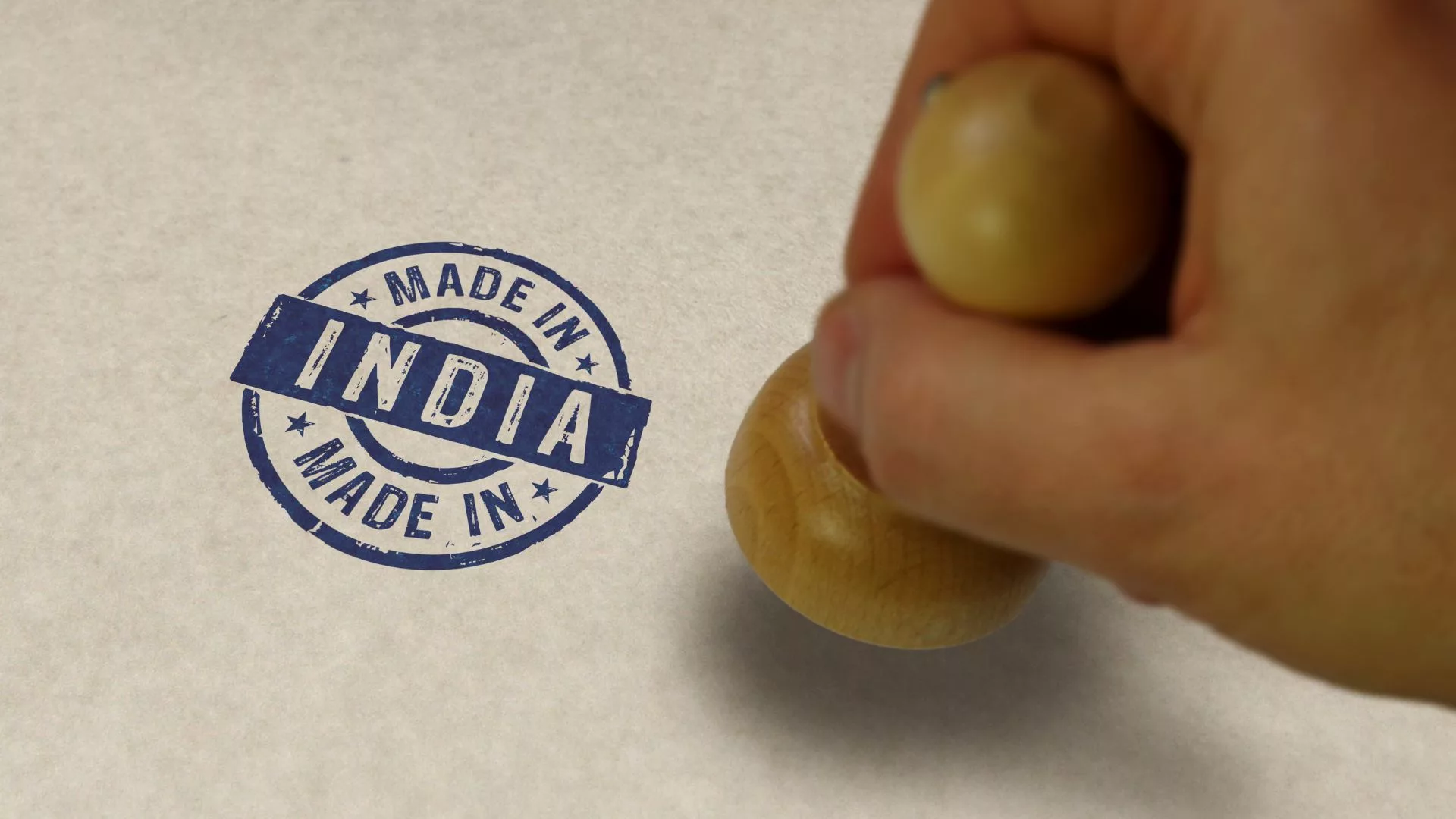Is India set to replace China as a centre for manufacturing and consumer retail? Last month, in a study of Apple’s global strategy, The Wall Street Journal threw its hat into the ring and reported that the mega-corporation has set its sights on India as a key jurisdiction for retail, and possibly manufacturing. This is perhaps unsurprising – India is one of the top smartphone markets in the world, and its emergent middle class want Apple products. At the same time, India continues to have cheap labour costs – for some items, cheaper than China. The market is complex – although the middle classes can certainly afford Apple products, India overall remains a developing economy. Because of persistent poverty, average purchasing power is much lower than China, the US or even South Africa, and agriculture remains the single largest industry. Is it even possible for India to compete?
In many ways, China has the advantage. It has an exceptionally large population – only slightly lower than India – who are significantly richer, and avid consumers. Four decades of intense manufacturing have left China with a world-beating industrial skills base, especially in microchip and electronics manufacturing. However, some argue that India now is at the same stage China was in the 1980s – poor, but primed for immense growth. What factors might contribute to India’s success? What might a path to manufacturing prowess look like?
A few key factors indicate that India could be ‘the next China’. First, it has a growing middle class population – an ideal customer base. Second, the cost of manufacturing in China is rising, which can make India seem more attractive for global business. Third, recent political trends in China have made life more difficult for foreign firms, which might push them to look to India. Where India might really thrive is its global diaspora. There are huge numbers of Indian immigrants in the leading economies – especially the US and UK – and they tend to become extremely successful. Indians lead huge global businesses, including Google, and are a significant presence in investment circles. The diaspora might be the key to building bridges between India and the rest of the world, to encourage foreign direct investment and underwrite new manufacturing capabilities.
But there are also obstacles. India might not have the right jobs – a plurality of workers are still employed in agriculture, not manufacturing, and will need re-skilling. However, western universities – particularly in Australia – have already stepped up to help train India’s future industrialists. China remains the world’s manufacturing hub, which gives it a natural advantage over any possible alternatives. It is hard to move away from decades of established infrastructure. India may also struggle to attract investment from image-conscious Western firms because of its close relationship with Russia – it continues to import Russian oil, buy Russian weapons, and remains neutral over Ukraine. However, India’s continued strong links to Western economies may help smooth over any concerns. Finally, Indian states all have distinct commercial laws, which can frustrate businesses looking to enter the market: what goes in Odisha does not always apply in Gujarat. There has subsequently been a recent push for legal changes, to introduce consistent country-wide laws and reassure potential investors.
If India wants to be ‘the next China’, it should focus on these strengths and weaknesses, come up with appropriate solutions to the obstacles, improve its national brand, and build connections with countries like the US, UK and Australia. It should train its civil servants, at the local and national levels, to be appropriately responsive to multinational enterprises, and work together to harmonise laws and ease market penetration. India’s youth have already set out to learn from the best universities in the world, mastering coding, artificial intelligence, and economics. This should be further encouraged, to provide India with an attractive, highly-skilled workforce.
It will take time for companies to diversify their supply chains away from China. India must be careful not to miss its moment. Companies like Apple might be reluctant to put all their eggs in one basket, which might leave India playing second fiddle to emerging Southeast Asian economies like Vietnam. The path ahead isn’t straightforward. The second and third decades of the twenty-first century will undoubtedly be messy, especially in global trade and manufacturing – which makes it particularly interesting for stakeholders.







